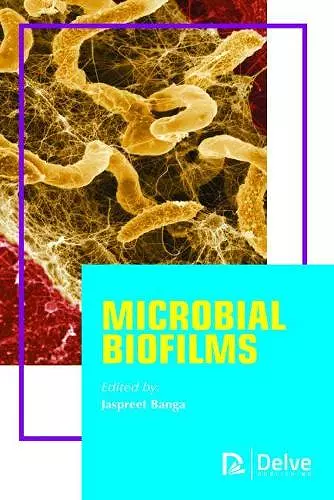Microbial Biofilms
Format:Hardback
Publisher:Arcler Education Inc
Published:28th Feb '18
Should be back in stock very soon

Biofilm development is a multistep process. Single cell of bacterium in its planktonic (free swimming) state approaches a surface, attaches and then becomes immobilized on the surface. In order to form microcolonies, the bacteria divides and move along the surface and associate with one another. Finally, an ordered three-dimensional structure is formed, which may be of single bacterial colony or mixed colony. In nature usually a mixed microbial biofilm is observed. This biofilm structure is composed of pillars of bacteria surrounded by matrix, which is essentially slimy water channels with DNA, proteins, enzymes etc, that allow nutrients to reach biofilm-associated bacteria and allow toxic metabolites to diffuse out of the biofilm. Studies confirm that attachment to surfaces and formation of a biofilm, provides an ecological adaptive advantage for aquatic organisms. For example, it is well known that in water sources, either fresh water or marine is a very dilute nutrient source, where nutrients such as large organic compounds (i.e. humic acids) that are not easily metabolizable or soluble, are found adsorbed to aquatic surfaces, may provide nutrients for attached bacteria. By attachment and establishment of biofilm on a surface, microbes degrade or corrode the surface. In this book we are discussing the various studies on biofilm formation on various surfaces and its implications ie the affects that biofilm have on many areas of human activity including food processing, transportation, public infrastructure, and most importantly healthcare; overall an interesting read.
ISBN: 9781773611792
Dimensions: unknown
Weight: unknown
390 pages